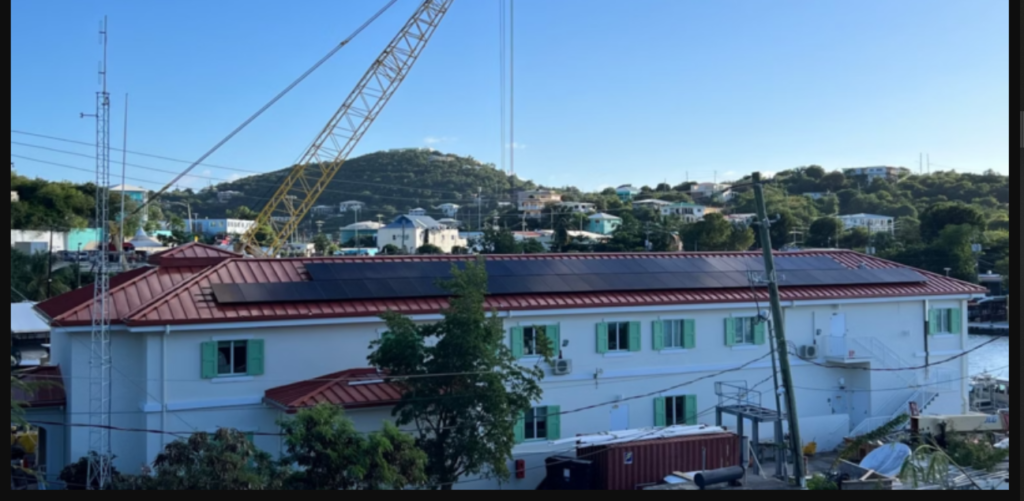CRUZ BAY — When someone talks about national parks, the mental image that forms in your head is probably something like Yosemite, Yellowstone, or maybe the Great Smoky Mountains.
The American Caribbean generally doesn’t come to mind first. But, one of the United States’ most beautiful parks is out there east of Puerto Rico, and it takes up most of Saint John in the U.S. Virgin Islands.
Like many other places in our region, sometimes things are great and sometimes things are not so great. Sadly, some of those not-so-great times in the history of the U.S. Virgin Islands was plantation slavery when the islands were owned by Denmark. Then known as the Danish West Indies, the main exports were sugar, cotton, and indigo dye. Eventually, this became unprofitable and the islands fell into neglect until World War I.
Fearing that the neglected and unwanted islands might fall into German hands and serve as a U-boat base, the United States offered to buy them from Denmark, finishing the sale in early 1917. After World War II and the embargo on Cuba, the islands became a major tourist destination, with people from the mainland United States able to get an authentic Caribbean experience without needing a passport to go back home.
While things did improve over time, one major problem help from the United States government couldn’t solve was hurricanes. Catastrophic damage came with Hurricane Hugo in 1989, followed by hurricanes every few years with varying amounts of damage, from minor to severe. But, in September 2017, Hurricane Irma did the most damage in recent history, followed by a second Category 5 hurricane (Maria) just two weeks later.
Today, the Virgin Islands National Park both serves as a beach vacation destination (with plenty of scuba diving and snorkeling opportunities) but also a place to learn about the history of the island, both under U.S. and Danish rule. Plus, there’s great information about the island’s history before European contact, hiking trails, and scenic opportunities.
Along with the rest of the island, the national park took a pretty good hit in all of the hurricanes, including the most recent category 5 double whammy. The park had to be closed for weeks, with all parts of the park ready for visitors again about two months later. Despite repairs being done quickly, the visits to the park took a big hit the following year, which in turn wasn’t great for the economy of the U.S. Virgin Islands.
Along with the hurricanes, one other abundant weather phenomenon in the Virgin Islands is sunshine. So, it makes natural sense (and was recommended by the National Renewable Energy Laboratory) to use that sunshine to improve energy reliability and lower the park’s environmental impact. After all, the island’s only utility company generates electricity exclusively through fossil fuels and there’s a five-mile underwater set of wires that feeds the park! This means regular power outages.
So, the National Park Foundation (NPF) helped to get funding together to install a serious solar system at the Cruz Bay Visitor Center. With 60 panels, peak power is 19 kilowatts. Annually, the system should generate about 31,400 kilowatt-hours, or about 70% of the building’s energy use. On top of the solar power, the building now has better windows, roofs, and doors to both make it more energy efficient and take less damage the next time a tropical storm or hurricane comes through. A better HVAC system, LED lighting, and window treatments all add up to serious savings.
More importantly, the visitor center also serves as the offices for the park’s rangers, who have been scattered in other buildings since the 2017 hurricane double-header. With repairs set for completion this month, the rangers will all be back in the same building and able to more effectively work together.
This is part of a larger National Park Foundation effort to expand solar energy at national parks all over the United States. Among others, Acadia National Park in Maine and Big Bend National Park in Texas are all getting some solar love. Combined with other efforts, the overall goal of the National Park Service and National Park Foundation is to work toward net zero for all of the parks.
SOURCE: Clean Technica

